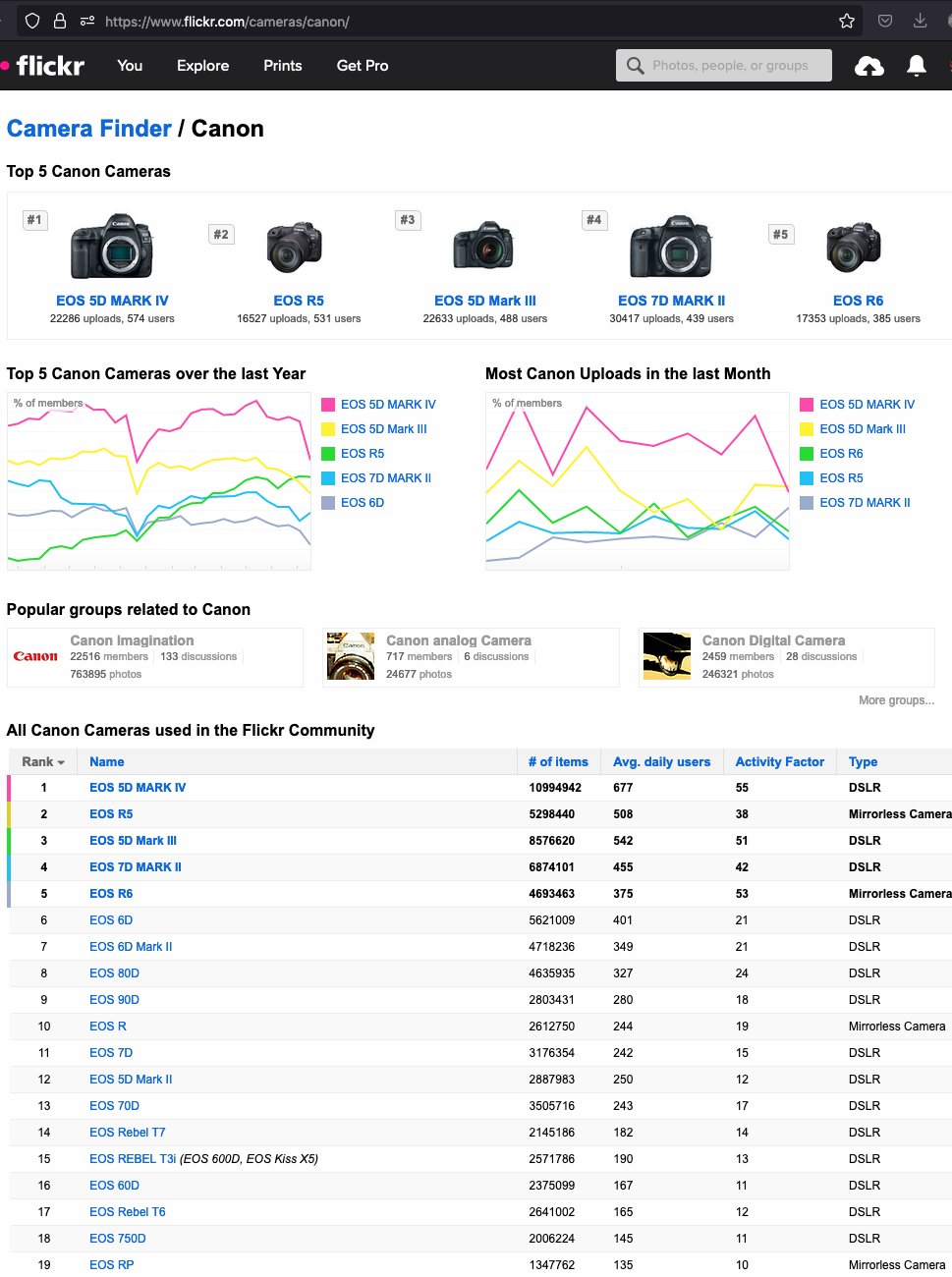Just adding in my comments.
I recently purchased a Canon R5c, It is the first camera I felt was powerful enough to replace my 1DsmkII (I mostly do studio work with models), I never felt the 5D was enough superior to my 1Ds2 to spend the money. Although I did consider it at one point to replace my stereo pair of T3i's, but those were working good enough for playing with 3D stereo.
Wow what a difference the 5Rc is and definitely an upgrade. Mostly.
And for those that don't know the 5Rc is a true hybrid photo/Video camera and apparently has two chip sets that use the same sensor.
The mostly is Canon apparently decided in their infinite marketing not-so-genius to not allow adobe or microsoft the SDK for CR3 files (if you know different, please let me know) so I HAVE to use the Canon Photo professional software to convert to TIF before I can use Photoshop (mind you I am on CS6 perma-copy, because I don't like subscriptions. What a pain after using PS for several decades. Mind you early on with my 1DsmkI I had the same problem, but Adobe was "working on it" already when I got it.
The AF system is completely whole other level of getting used to, but I am starting to like it mostly. I do love that it basically goes edge to edge, instead of having the top 20% unavailable in portrait mode. Having 1024 focus points is intimidating, however I like the eye focus system, when my model has her eyes actually open or turned somewhat towards the camera. I do like that it tends to do a fairly good job of AF. I need to learn to adjust my lenses individually though (there seems to be a way to do that) as at least one of my lenses slightly front focuses (it did on the 1DsMkII as well, but I got that adjusted about a decade ago). As a side note, I am kind of mixed on that I can use the touch screen to pick the focus point(s), but I have big fingers, so that does not always help. Still figuring out how to manually select the AF points, but have not decided if I will stick with the AF system or not, it seems to be doing an actually great job overall.
I am still learning to manually focus (when needed) because the view finder is an LCD, not actually through the lens. Biggest problem is I used to set the focal point and then make sure the eyes were in that focal point, with the 1Dsm2 I had more than enough pixels to back off the frame and then crop in as needed for final image. With Eye assist, I need to remember to just compose the picture itself and let the camera do the AF point selection. To often I found myself following the focal point and cutting off part of the model, took me half a shoot to train myself out of that.
Mind you I got the camera because it is the ONLY one that currently works with the VR lens, which I have barely had time to start playing with. Mostly because day job gets in the way. The whole video capability of the 5Rc I have barely started exploring, but have already come to the conclusion that I need the A/C power adapter for video mode as that sucks battery way too fast. I needed to learn the photo aspect first though.
A note on Battery, I am glad I bought a spare, I am thinking I will need at least one more spare battery. Unlike my 1DsmkII batteries, which I can shoot almost all day with with fully charged. The R5c battery didn't quite make it through my longer shoot (which was 4 hours) so had to swap at about the 3 hour mark.
I got the adapter so it is working with all of my EF lenses, so other than maybe getting an RF one for doing video, not really needing them.
The #1 thing I do like about the 5Rc over my 1DsmkII is changing aperture, shutter, or ISO, is literally a touch screen and with some practice so much faster to adjust using the touch screen.
So first impression of the 5Rc by me after using a 1DsmkII for over decade. As in I literally got one of the first batch of the 1DsMkII to reach the USA that long ago.
 www.flickr.com
www.flickr.com
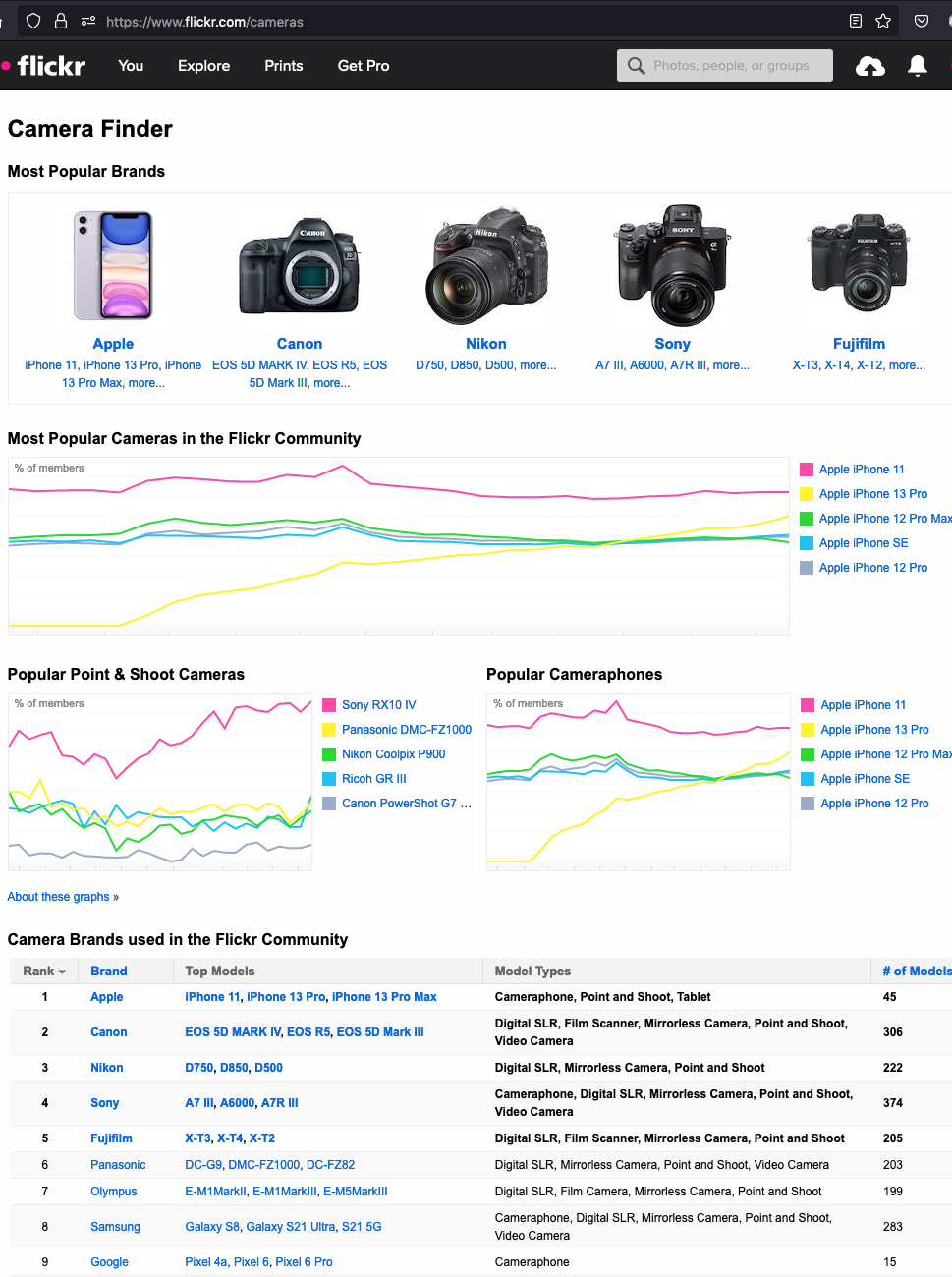
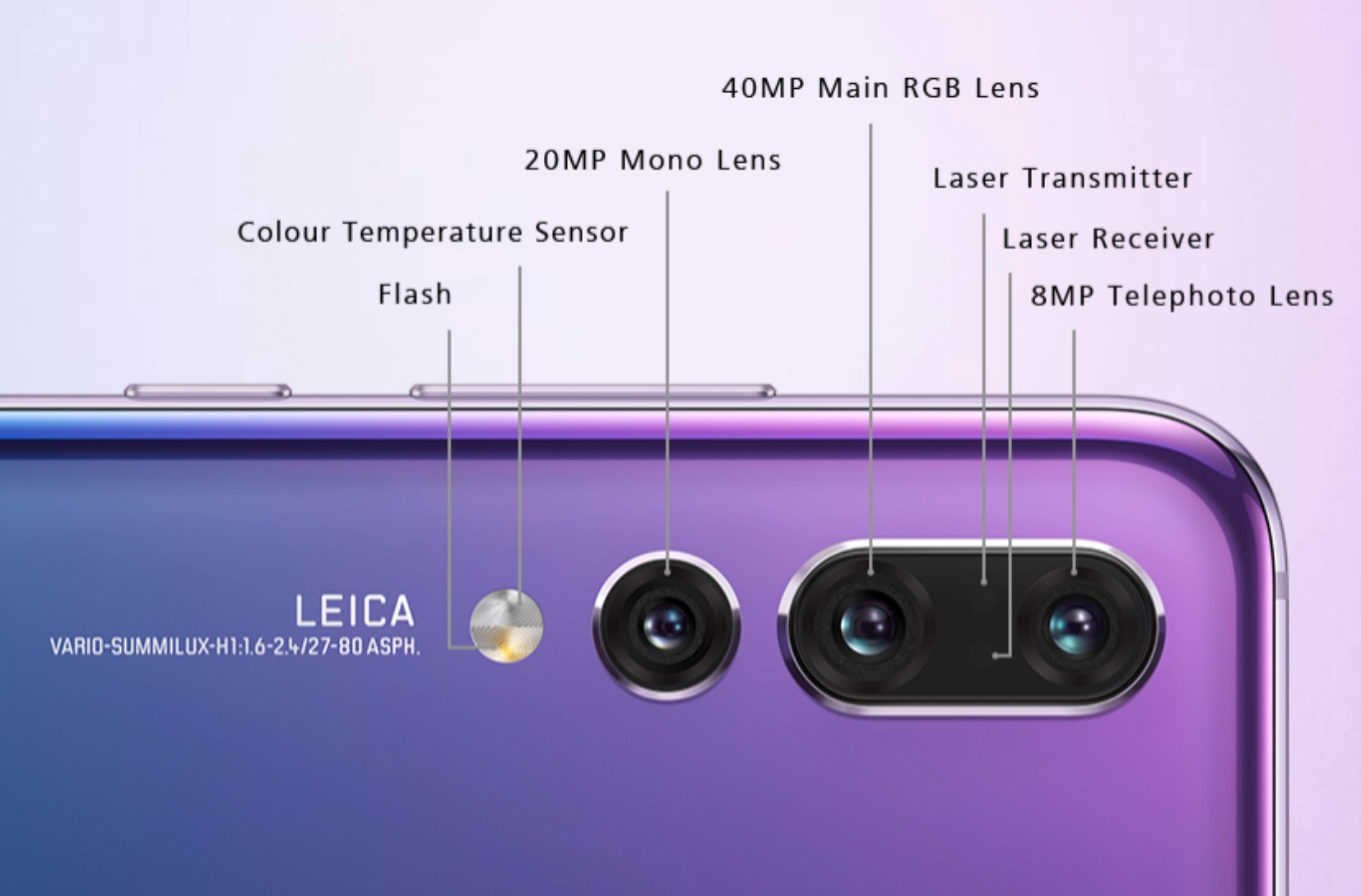
 digital.hbs.edu
digital.hbs.edu
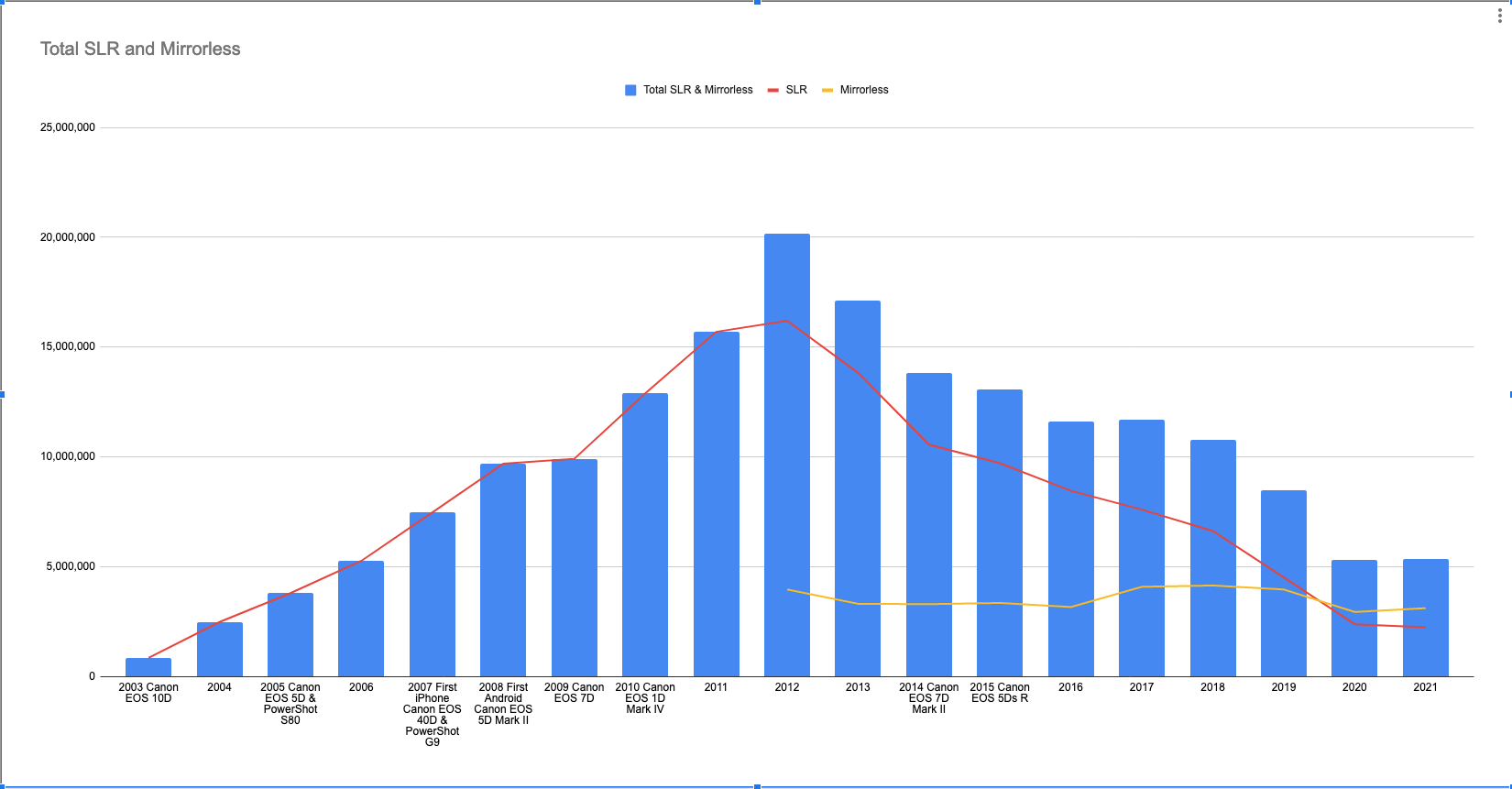
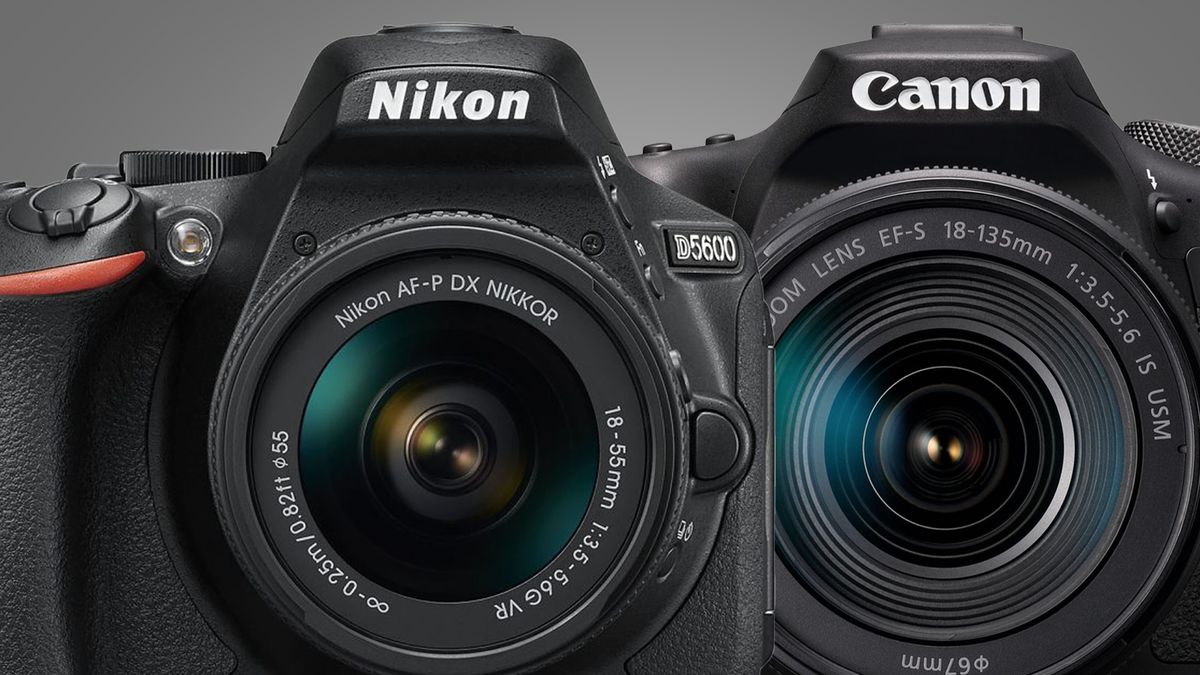
 www.techradar.com
www.techradar.com


 digital.hbs.edu
digital.hbs.edu



